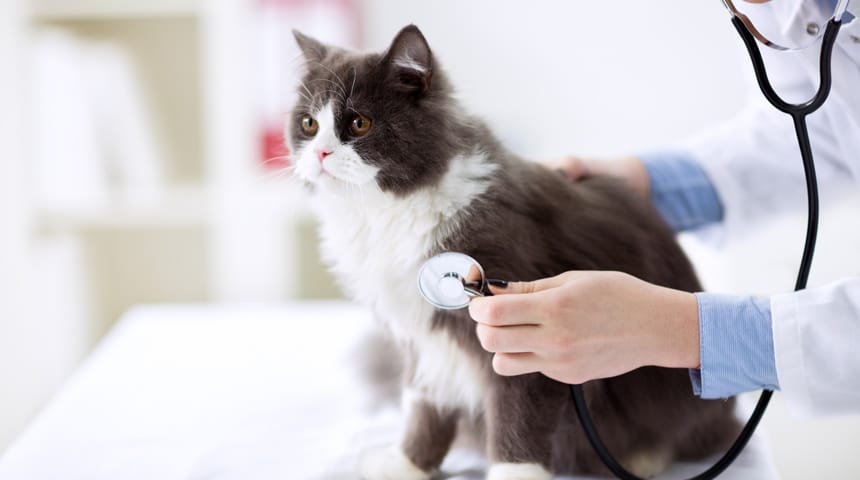In veterinary medicine, the primary treatment for exposure to a toxic substance is decontamination. The purpose of decontamination is to prevent further absorption and to remove the toxic substance from the animal's body. In most exposures, there is only a very short window of time to act. Providing a detailed account of events to the veterinarian is important, so that they can determine the type of exposure and substance. The timeline of events also allows the veterinarian to gauge whether decontamination is safe for the patient and whether it will be effective.
Ocular decontamination
Ocular decontamination usually involves flushing the patient's eye extensively to remove the toxic substance. This is often very difficult for the owner to do, as it involves restraining the animal in addition to handling a potentially painful and/or injured eye. Recommended eye rinses are lukewarm water and/or physiological saline (e.g., contact lens solution). In the case of exposure to a corrosive substance, the owner should attempt to rinse the eye before transporting the animal to the veterinary hospital. Rinsing for 15 to 20 minutes with warm water or a contact lens solution will reduce the damage from prolonged contact. The animal should also be prevented from rubbing its eye, either by restraining it or by fitting an Elizabethan collar, and then go immediately to the clinic for an ophthalmologic examination. If in doubt, contact a poison control centre to determine if the substance is corrosive or not. Corrosive injuries can be very serious and can lead to blindness.
If the exposure was to an irritating but non-corrosive substance, the owner can simply rinse the eye for 10 to 15 minutes. No ointment or ophthalmic medication should be applied. The eye should be closely monitored for signs of corneal abrasion or ulceration, including itching, redness, discharge, squinting and blepharospasm (eye held shut). Check with your veterinary clinic if any of these signs appear.
Skin decontamination
Skin decontamination is performed to prevent transcutaneous absorption and oral re-exposure to the contaminant (when the animal licks itself). It is essential that the owner and all veterinary personnel be physically protected with rubber gloves, waterproof aprons and face shields. It is important to inform clients of these precautions as soon as they contact the clinic. They should also be instructed to prevent the animal from licking itself during bathing and/or transport to the hospital. For oil-based substances (e.g., "Spot on" products), the animal should be washed with warm water and degreasing dishwashing detergent; it is important to lather and rinse thoroughly and repeatedly.
Animal shampoos, as well as the human kind, are not effective against oil-based substances.
In addition, shampoos with added ingredients (e.g., insecticides, dandruff tar, antibiotics, antifungals, etc.) should not be used to avoid the accumulation of possible toxic effects. A cat exposed to pyrethrins may be treated for uncontrollable tremors before bathing, to prevent worsening of clinical signs and to facilitate bathing (sedation) for staff. For exposure to a caustic or corrosive substance, a gentle rinse with warm water for 15 to 20 minutes prior to the veterinary examination is recommended. The use of pressurized water jets, aggressive scrubbing of the skin, or the application of neutralizing agents should be avoided, as these may cause traumatic tissue damage or severe chemical reactions.
Gastrointestinal decontamination
In veterinary medicine, gastrointestinal decontamination (including induction of vomiting and/or administration of activated charcoal with a laxative) is considered the best practice to limit absorption and prevent extended exposure to potential toxins. However, it is important to consider the risks inherent in inducing vomiting as there are potential contraindications. It is also important to assess whether the benefits outweigh the risks. In all cases, always contact a veterinarian.
By Jo Marshall, TSAC et Justine A. Lee, DMV





